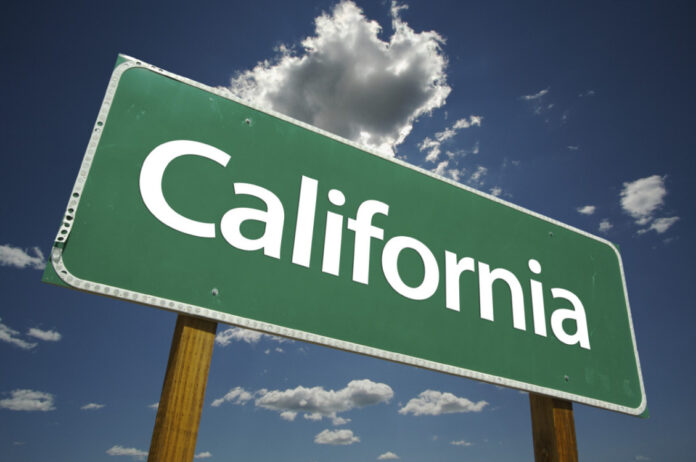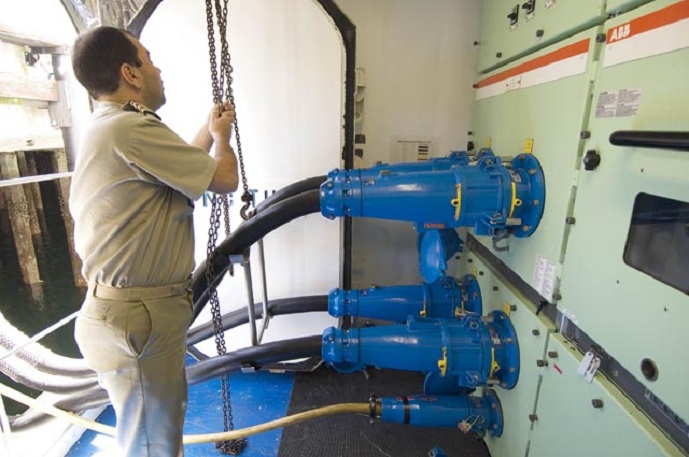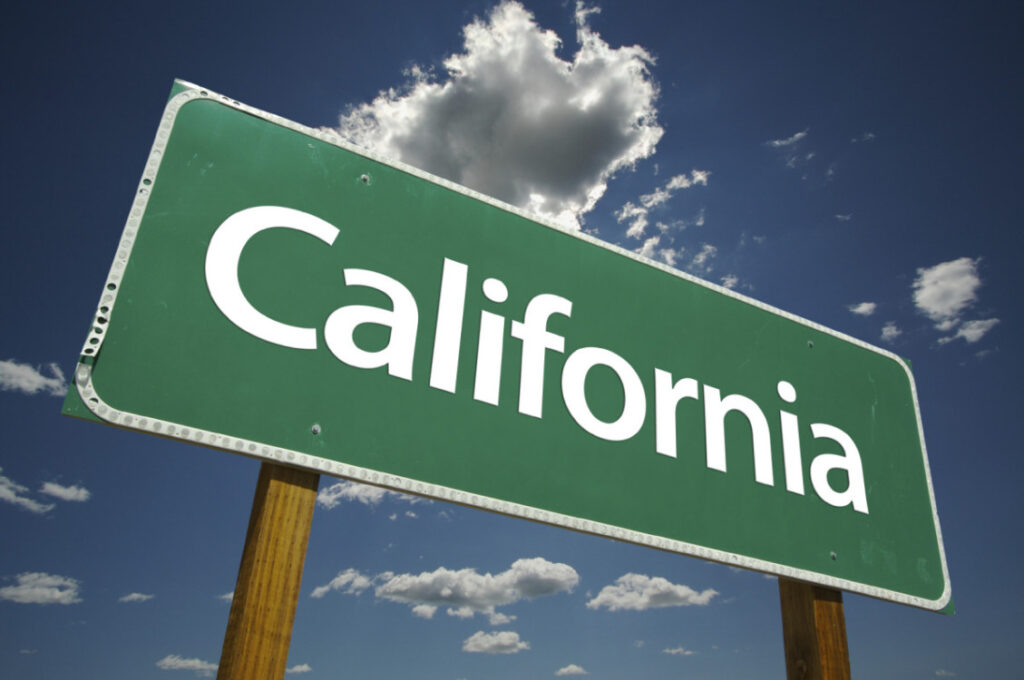
(www.MaritimeCyprus.com) California’s new regulation designed to further reduce pollution from vessels berthed at its ports is now in force. While compliance by visiting vessels is not required until 2023, the practices, procedures and equipment needed for compliance could be quite extensive and costly, and the preparatory work to ensure timely compliance should not be postponed.
California’s new regulation “Control Measure for Ocean-Going Vessels At-Berth“ has now been approved by the state’s Office of Administrative Law (OAL) and took effect on 1 January 2021. The new Control Measure replaces the state’s previous regulation on “Airborne Toxic Control Measure for Auxiliary Diesel Engines Operated on Ocean-Going Vessels At-Berth in a California Port” (At-Berth Regulation) and is designed to further reduce the public’s exposure to air pollution generated by vessels berthed at California’s busiest ports.
According to the California Air Resource Board (CARB), the new Control Measure builds on progress achieved by the previous At-Berth Regulation but broadens the types of pollutants to be controlled as well as ports and vessel types to be regulated. It also recognises that reducing emissions from vessels at berth is a collaborative effort between vessel crews/operators and terminal/port staff. Under the previous At-Berth Regulation, a shore power capable vessel can arrive ready to plug into shore power, but if the port or terminal staff is not ready, willing, or able to position the vessel properly to connect within the specified time limits, the vessel risks being in non-compliance. Our understanding is that the new Control Measure seeks to avoid situations where vessel operators are held responsible for events outside the control of the vessel, by allocating clear responsibilities between the different parties involves.

Practical implications for ship operators
Under the new Control Measure, almost all container, reefer, passenger, ro-ro, and tanker vessels visiting larger marine terminals in California will be required to use a CARB approved emissions control strategy that achieves at least an 80% reduction in auxiliary engine emissions during a stay at berth. Most vessels will still have to use shore power in order to ensure compliance, although alternatives, such as an emissions capture and control system or another onboard emissions control strategy, could be available. Reductions in emissions from tankers’ auxiliary boilers can be required as well.
While the new Control Measure officially took effect on 1 January 2021, compliance by visiting vessels will not be required until 2023. From 1 January 2023, container, reefer and passenger vessels, which are already included under the previous At-Berth Regulation, will transition to the new Control Measure. Ro-ro vessels will need to comply with the new Control Measure starting in 2025. Tankers docking at the ports of Los Angeles and Long Beach must also comply starting in 2025, while tankers in Northern California have until 2027.
Implementation Schedule: | |
| 1 January 2023 | Container, refrigerated cargo, and passenger vessels |
| 1 January 2025 | Ro-Ro vessels and tankers visiting the ports of Los Angeles and Long Beach |
| 1 January 2027 | All remaining tankers |
This means that there will be no regulatory changes for visiting vessels until 1 January 2023 and that the emission requirements under the previous At-Berth Regulation will continue to be operative until this date.

Recommendations
As the procedures and equipment needed for compliance with the new Control Measure from 2023 could be quite extensive and costly, we advise ship operators with vessels trading to California ports to familiarise themselves with the new regulation and its compliance schedule. The preparatory work to ensure timely compliance should not be postponed and below are some of the new requirements to be aware of:
- Pollutants: The type of pollutants to be controlled are emissions of nitrogen oxides (NOx), diesel particulate matter (DPM), fine particulate matter (PM2.5), reactive organic gases (ROG) and greenhouse gases (GHG).
- Vessel types: In addition to container, reefer, and passenger vessels, which are the types of vessels regulated by the previous At-Berth Regulation, ro-ro vessels and tankers will also be regulated by the Control Measure. This is to ensure that smaller communities that receive much of their vessel visit activity from ro-ro and tanker vessels are protected from air pollutants.
- Ports: The definition of ‘California port’ will no longer be limited to the six named ports of Los Angeles, Long Beach, Oakland, Hueneme, San Francisco, and San Diego, but will be defined as “any port or independent marine terminal in California that receives an ocean-going vessel”. Vessel activity in each port will be used to determine the need for emission control requirements and the annual ‘port visit threshold’ is currently set to 20. Ports and terminals that receive 20 or more visits per year for two consecutive calendar years from a vessel type will become a ‘regulated California port’ for that vessel type.
- Applicability: Emission control requirements will apply to every regulated vessel’s visit at a regulated California port, independently of a fleet’s cumulative visits. This means that those vessels in container, reefer and passenger vessel fleets that currently fall below the ‘fleet visit threshold’ of the previous At-Berth Regulation will also be covered.
- Performance standards: While acceptable levels of emissions will now be expressed as performance standards for each type of air pollutant, the overall emissions reduction target remains unchanged. By meeting the performance standards, regulated vessels will achieve at least an 80% reduction in emissions generated by the operation of auxiliary engines, and tanker auxiliary boilers, generated whilst berthed.
- Compliance options: Regulated vessel must use a ‘CARB approved emission control strategy’ (CAECS) to ensure compliance. In principle, vessels and terminals will be free to choose whichever emission control technology that works best for their unique operations, if the technology is CARB approved. Based on the current availability of control technologies, most vessels are expected to use shore power to comply. Shore power is already identified as a CAECS, with no additional approval required.
- Tanker auxiliary boilers: The new Control Measure recognises that tankers using auxiliary boilers to generate steam that powers cargo off-loading pumps have a much higher auxiliary boiler power generation at berth compared to other vessels. However, since the use of shore power will not reduce emissions from such boilers, and shore power is considered the “gold standard” in air pollution control at berth, only tankers that are not using shore power to reduce emissions from auxiliary engines will be required to meet the emissions performance standards applicable to tanker auxiliary boilers.
- Connection procedures: A new definition of “visit” is expected to improve predictability for vessel operators. Under the previous At-Berth Regulation, a “visit” is defined as the time period beginning when a vessel is initially tied to a berth and ends when it casts off the lines. Under the new Control Measure, vessels will be required to connect to a CAECS and begin controlling emissions within two hours after being declared “ready to work” and must remain connected until at least one hour before the pilot boards and takes over navigation of the vessel. This new definition of “visit” deals with some of the uncertainties associated with events that can occur before a vessel is declared “ready to work” and is able to start the process of connecting to an emissions control technology. These are events that may be outside the control of the vessel but nevertheless make it challenging for the vessel to comply with the time limits for switching to shore power specified under the previous At-Berth Regulation.
- Vessel Incident Event (VIE): Vessels that, for unforeseeable operational circumstances, are unable to connect to an emissions control technology during a visit may be able to comply with the new Control Measure by requesting a VIE. This compliance option recognises the uncertainty that may surround vessel movements and cargo operations while a vessel is at berth and reduces cost by eliminating the need for redundant emissions control systems. A limited number of VIEs will be granted to each vessel fleet per year. In limited circumstances, shipping entities that are unable to comply will, if their application is approved by CARB, also have an opportunity to pay into a remediation fund.
Source: California Air Resources Board, Gard













